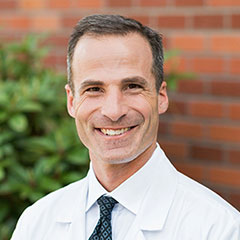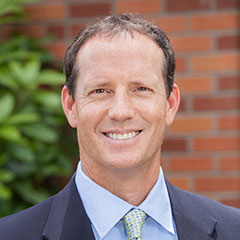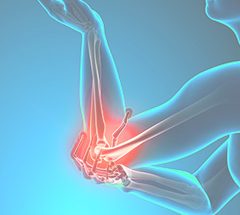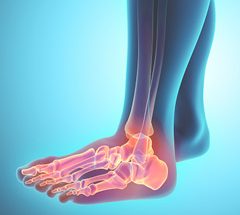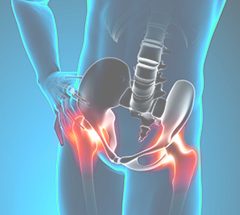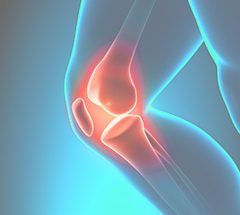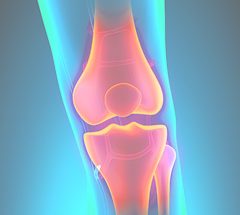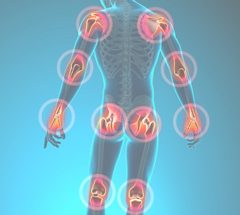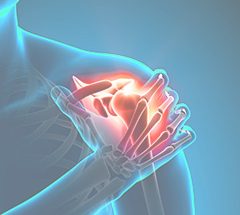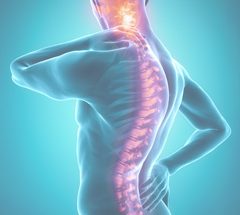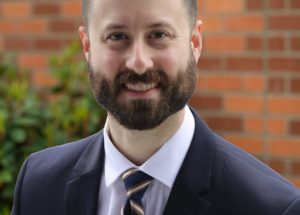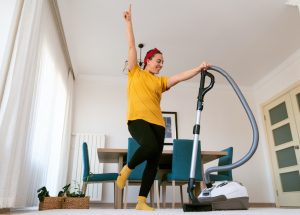Elbow

The elbow may not be the most flexible joint in the body, but it’s not a simple one. Our elbows allow us to lift, carry, throw, hug, and perform other day-to-day tasks. Whether an elbow injury is caused by repetitive motion, natural wear and tear, sports, or even genetics, they can be seriously debilitating and need to be evaluated by a specialist. Contact the elbow doctors at ProOrtho to learn more.
Our physicians are experts in addressing:
Common Elbow Problems
Elbow arthritis, tendinitis, fracture, and dislocation are all common causes of elbow injury. It’s likely these injuries are accompanied by pain, swelling, and loss of motion. Many injuries of the elbow joint, like golfer’s elbow or tennis elbow, are the result of overuse, or repetitive strain placed on the tendons and muscles surrounding the joint.
Anatomy of the Elbow
The elbow is the connection of the upper arm bone (humerus) and two forearm bones, the radius on the thumb side and the ulna on the pinky side. Those three bones are held together by a combination of different tissue. Thick collateral ligaments hold the inside and outside of the elbow together to prevent dislocation, and articular cartilage acts as a cushion between the bones. A synovial membrane covers the other surfaces in the joint by producing enough fluid to allow your arm to bend and twist. The front and back of the joint are surrounded by muscles as well.
What does a healthy elbow look like?
To evaluate the elbow, bend and straighten your arm, and inspect the surface. You should be able to do so without experiencing any pain, and there shouldn’t be any redness, swelling, bruising, or bumps. A healthy elbow will be able to bend and straighten, and allow the forearms to rotate you palms up and down. Wrist pain or lack of mobility in the fingers, hands, or wrists could also indicate elbow problems.
Treatment Options
When diagnosing your elbow injury, doctors evaluate how your symptoms progressed, your daily activities, sports participation, and any history you have of elbow injuries. It’s likely that your doctor will conduct a variety of tests, having you straighten your fingers, wrist, and arm against resistance to identify where the pain originates. They may take x-rays or other imaging tests like MRI scans to check for arthritis or underlying neck problems that sometimes cause elbow pain.
Both surgical and nonsurgical remedies are available, and doctors generally recommend nonsurgical treatment because up to 95% of patients recover without needing surgery. Non-surgical remedies include elbow braces, physical therapy, and anti-inflammatory injections or medicines. For athletes with elbow injuries, doctors will generally recommend you reevaluate how well your equipment fits. Surgical procedures include elbow arthroscopy, total elbow replacement, synovectomy to remove the membrane lining the joint, tennis elbow surgery, and more.
Elbow problems may be more complicated than they initially appear, and to prevent elbow pain from worsening it’s important to have injuries evaluated by a professional. Contact the elbow specialists at our Eastside orthopedic clinic today.


